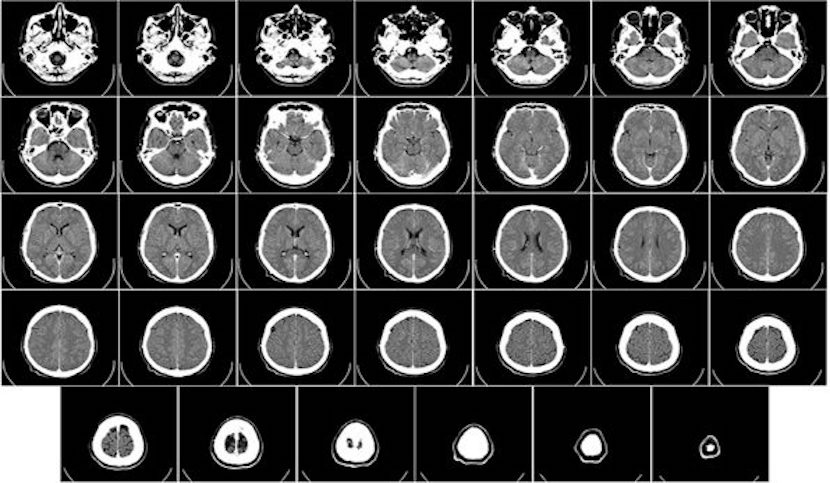Frontotemporal degeneration (FTD) is a complex neurodegenerative disorder that can manifest itself through a wide range of symptoms. Valérie Godefroy, postdoctoral researcher in the Frontlab, under the supervision of Lara Migliaccio, and her colleagues at the Paris Brain Institute and the Pitié-Salpêtrière Hospital are enriching the clinical picture of this pathology by identifying new subtypes of its behavioural variant. This more precise definition of the different forms of the disease is essential for more personalised management of patients. The results are published in Alzheimer’s & Dementia: Diagnosis, Assessment & Disease Monitoring.
Frontotemporal degeneration (FTD) is a neurodegenerative disease that can manifest itself through a wide range of clinical signs, making its diagnosis complex. A major objective for clinicians working on this disease is to better characterise this diversity of forms of the disease and to identify subgroups with common characteristics. The challenge is to better understand every aspect of the disease and its progression in order to provide personalised care for patients.
One of the main symptoms of the behavioural variant of FTD is inhibition deficits, i.e. a generalised difficulty in controlling behaviour. This manifests itself in socially maladaptive behaviour (inappropriate thinking, disregard for social conventions, etc.), impulsivity and compulsive actions (repeating the same action or gesture several times automatically, for example). Based specifically on these behavioural manifestations of inhibition deficits, the study conducted by Valérie Godefroy and her colleagues at the Paris Brain Institute sought to identify subtypes of FTD patients.
Disinhibition behaviours are particularly difficult to assess and objectify, and do not necessarily present themselves in an obvious way during consultations with the doctor. One of the challenges of the study was therefore to measure these symptoms in detail, by observing them in a context close to real life, using what is called an “ecological approach”.
The other two groups were less affected in their behaviour and differed from each other in socially inappropriate behaviour. Unexpectedly, the group with the most socially inappropriate behaviour was the group with the least atrophy in the brain. It was also characterised by more anxiety and depressive symptoms, potentially related to more awareness of the disease.
https://alz-journals.onlinelibrary.wiley.com/doi/full/10.1002/dad2.12178







